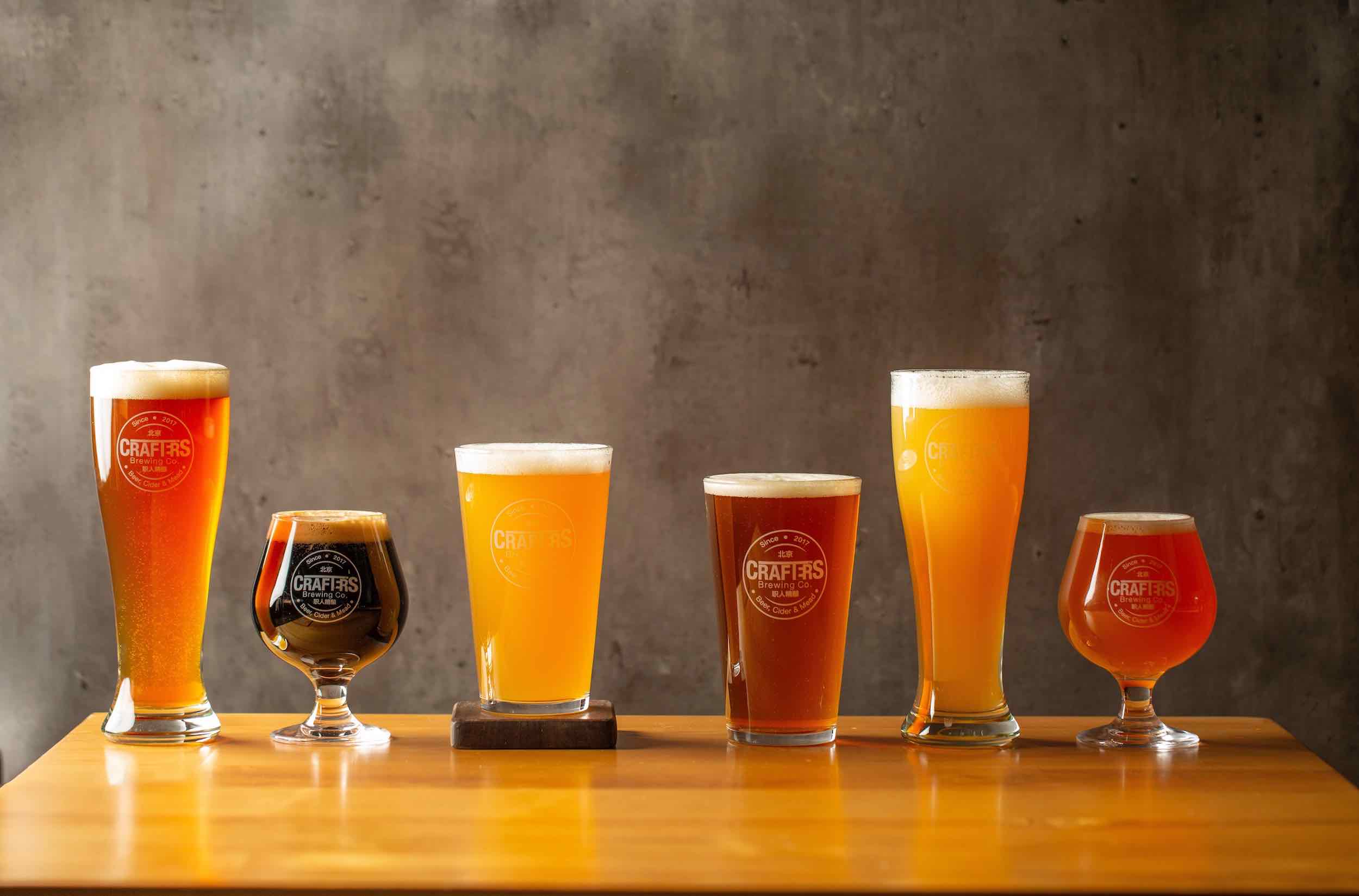If you’re a classical Beer devotee you may have been concerned by the rumors of Beer’s demise in recent years. Classic lagers and ales have given way to IPAs, seltzers, and hard ciders… and Beer’s old nemesis, Wine. Dropping overall beer sales due to the pandemic as well as climate change along with supply chain and labor issues have made the past couple of years even more challenging for breweries, but as you’ll see, the industry is not sitting on its hands. Innovation has never been greater and you might be surprised at the kinds of new ingredients you’ll soon be tasting in your favorite beer.
The craft brew movement started decades ago in the ’80s with the likes of Samuel Adams and Anchor. Over the next few decades craft brews seemed to be on an unstoppable path to take over as the most popular group of alcoholic beverages.
Indeed while craft beers have continued making up a bigger and bigger part of the beer market, the pandemic hit brewers hard in 2020 the first year of the pandemic. Sales were down about 9% from the year before. More recently sales have recovered from there but have yet to reach their pre-pandemic mark.
Along with a recovering market, beer is changing with the times. Consumers’ priorities and habits shifted during the pandemic and here are some changes you likely will see.
Health Conscious Beer?
Right?! – The pandemic caused a lot of people early on to drink and eat to excess, but then realize they’d feel better if they tapped the brakes on a bit. Health consciousness has made beer drinkers lean toward the lower calorie, lower alcohol of lagers. Some breweries are looking to lesser-known types of European style lagers in order to stimulate new interest and meet consumer needs. Keep an eye out for “smoked” lagers…
Adapting to Climate Change
Just as farmers and winemakers have been forced to adapt to warmer seasons and much more intense fire seasons, growers of hops and barley have had to adapt. Shortages of some premium ingredients like European hops due to supply chain issues have forced some breweries to look at domestic options instead. This will increase experimentation and we can look forward to new flavor profiles based on sourcing from different regions than before. Yeast is another area for innovation. New refining techniques and bio-engineered yeasts are going to be a larger and larger component of craft beers.
Bigger bolder flavors are a priority with some consumers, so innovations in concentrated flavorings are creating new options for brewers.
Hops supplier John Haas now offers several concentrated liquid products, including Incognito and Spectrum, the latter designed for dry hopping. Derived from Sauvignon Blanc grape skins, New Zealand’s Phantasm powder is packed with thiols, a family of sulfur compounds, and is used during active fermentation to deliver tropical fragrances. Trillium Brewing, Burial Beer, and WeldWerks Brewing are among early breweries playing with the powder. *
Classic Beer Flavors Come Back
IPAs have been the most popular style for several years, but the exploration of IPA flavors may have hit its peak. Updated versions of darker brown and amber ales appear on track to offer an alternative to the glut of IPAs. The flavor profile of the darker ales offers a strong counterpoint to the bright and especially the more sugary IPAs.
The last couple of years has made brewers search for innovative ways to stay in business and create new products. The struggles for the industry have created some new opportunities for experimentation. For those who love beer, it all means that we have ever more options for satiating our beer taste buds and whether we want bold, or light, there will be lots of options to take part in!
* . https://daily.sevenfifty.com/6-beer-industry-trends-to-watch-in-2022/


Recent Comments